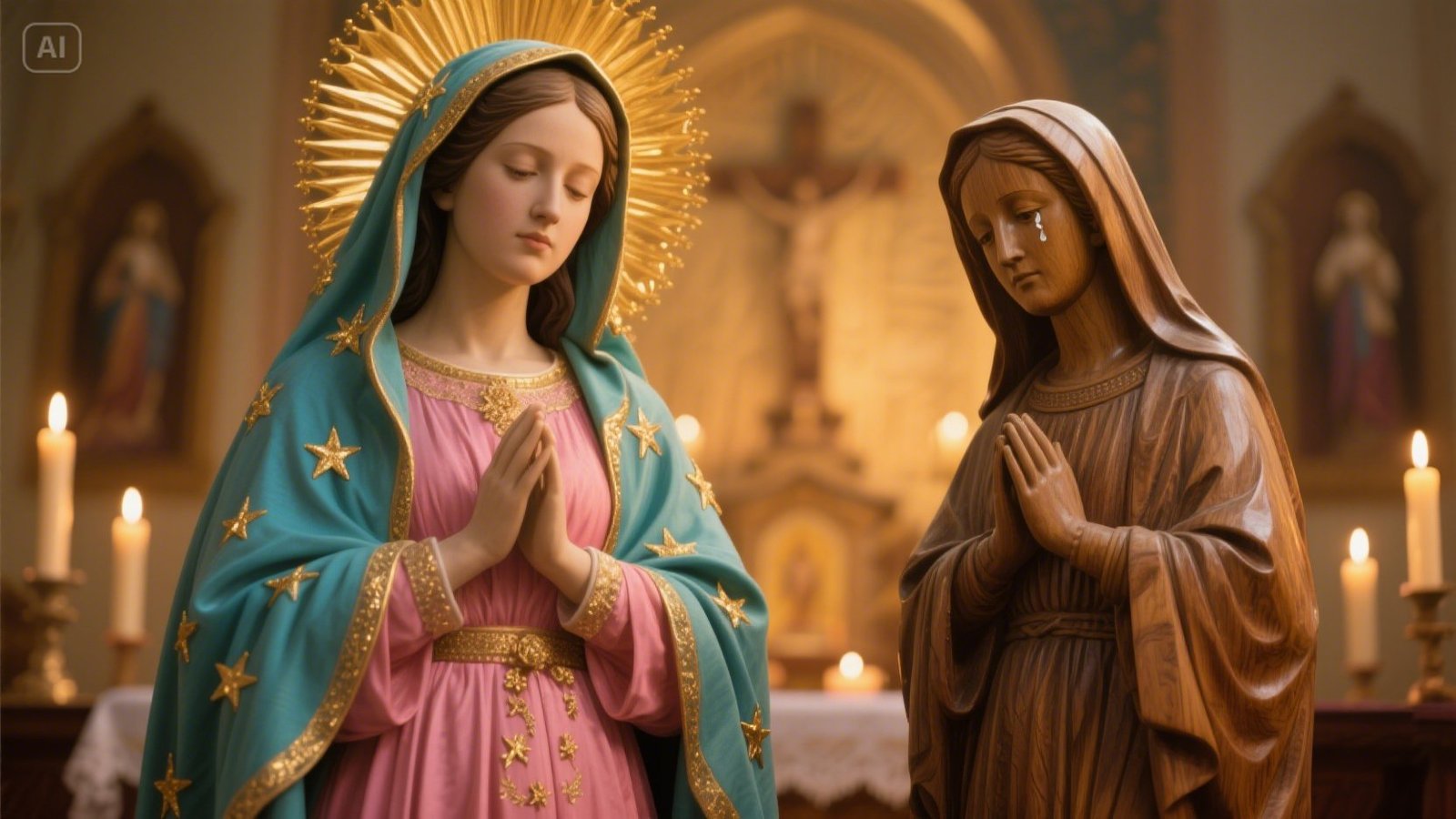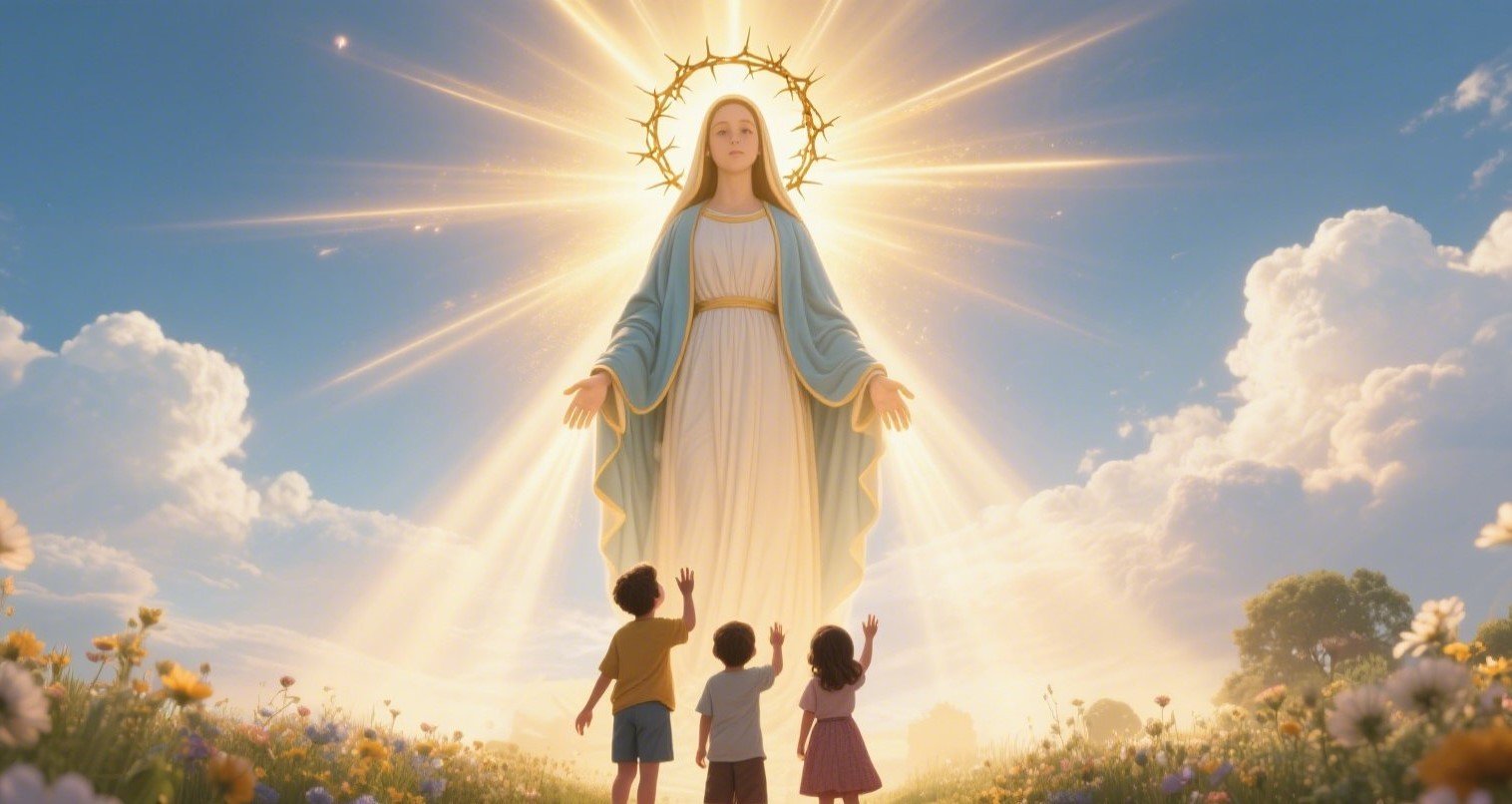
Every birthday marks the gift of life, but the birthday of the Blessed Virgin Mary carries a weight unlike any other. On September 8, the Church around the world celebrates Mary’s birth — a day of joy, hope, and deep spiritual meaning. Though Scripture does not record the exact date she was born, the Church has honored this feast for centuries, recognizing that her arrival marked the dawn of salvation.
Mary’s birth is more than the story of a baby girl in Nazareth. It is the story of God preparing the world for His Son. It is the beginning of the final chapter of His promise of redemption. Just as the morning light breaks before the sun, Mary’s birth signaled the coming of Christ, the true Light of the World.
Why We Celebrate Mary’s Birthday
Birthdays in the Christian tradition are rare. In fact, the liturgical calendar only celebrates three birthdays:
- Jesus Christ on December 25.
- John the Baptist on June 24.
- Mary, the Mother of Jesus, on September 8.
Why these three? Because each marks a turning point in salvation history:
- John the Baptist’s birth prepared the way.
- Mary’s birth opened the way.
- Jesus’ birth fulfilled the way.
When we honor Mary’s birthday, we are not simply celebrating her existence. We are celebrating God’s plan — His providence, His mercy, and His readiness to act for the salvation of the world.
The Fathers of the Church often referred to Mary as the “dawn before the sunrise.” Her birth was the first glimmer of the great mystery about to be revealed. Without Mary’s “yes,” there could be no Incarnation. Without her cooperation, salvation history would not have unfolded as it did.
How September 8 Was Chosen
The date of Mary’s birth was not written in the Bible. So how did the Church come to celebrate it on September 8?
The explanation lies in the liturgical rhythm of the Church calendar. Mary’s birthday falls exactly nine months after December 8, the Feast of the Immaculate Conception, which celebrates the moment she was conceived in her mother St. Anne’s womb.
This placement is intentional and symbolic:
- December 8 → Mary is conceived without sin.
- September 8 → Mary is born, full of grace.
- December 25 → Christ is born through her.
The Eastern Church was the first to commemorate Mary’s Nativity, and the Western Church embraced the feast by the 7th century. From there, it spread universally, reminding Christians everywhere of the intimate link between Mary’s birth and the birth of Christ.
The Story of Mary’s Birth
Though the Gospels are silent on Mary’s childhood, early Christian tradition and apocryphal writings such as the Protoevangelium of James tell us about her parents, St. Anne and St. Joachim.
They were an older, devout couple who suffered the sorrow of infertility. In their longing and prayer, they begged God for a child. Just as Hannah prayed for Samuel in the Old Testament, Anne prayed for a child she would dedicate to God.
God heard their cry, and Mary was born — not just to console her parents, but to become the mother of the Redeemer. From the moment of her conception, she was preserved from original sin, set apart to bear the Savior.
Her birth was not only an answer to Anne and Joachim’s prayers; it was the fulfillment of countless generations longing for the Messiah.
Mary’s Birthday Through History
The Church Fathers spoke of Mary’s birth with awe and reverence. St. Augustine declared:
“She is the flower of the field from whom bloomed the precious lily of the valley.”
St. John Damascene preached in the 8th century:
“The day of the Nativity of the Mother of God is a day of universal joy, for through her, the whole human race was renewed.”
Over the centuries, the celebration of Mary’s Nativity grew in importance. Pilgrimages, Masses, and Marian hymns were offered in her honor. In many cultures, especially in Italy, Spain, Latin America, and India, September 8 became a day of festivals, processions, and community gatherings.
Even today, villages across the world ring bells, light candles, and crown statues of Mary with flowers on this feast. It is a reminder that her birth is not a private event — it is a cosmic celebration of God’s love.
What Mary’s Birthday Means for Us Today
Why does Mary’s birthday matter to us now, centuries later?
Because Mary’s life reminds us of three essential truths:
- God’s plan begins before we can see it.
Just as Mary was prepared before her birth, God is already shaping our lives long before we understand His plan. - Every life is sacred and purposeful.
By celebrating Mary’s birth, we proclaim the dignity of every child, every family, and every mother. - Hope is born even in silence.
Mary was born in an ordinary town, to ordinary parents, yet through her came extraordinary grace. Her birth reminds us that God often brings His greatest works out of the most hidden places.
Her birthday is our invitation to renew faith, to trust God’s timing, and to rejoice in His mercy.
A Prayer for Mary’s Birthday
Blessed Mother, on your birthday we rejoice with the angels and saints. You are the dawn that welcomed the rising sun of salvation. We thank you for your “yes,” which opened the door to our Redeemer. Pray for us, that we may live with the same courage, humility, and trust in God’s plan. May your birth remind us that God’s love begins before we can imagine it. Amen.
Conclusion
The Nativity of Mary is not simply about her — it is about God’s faithfulness. Her birthday is a celebration of divine preparation, of hope breaking into history, of light before the dawn. On September 8, the Church calls us to rejoice not just in Mary’s birth, but in the promise of salvation her life carried.
Every time we honor her birthday, we remember that God has a plan for each of us — written before we were born, unfolding with grace, and leading us always toward His light.


